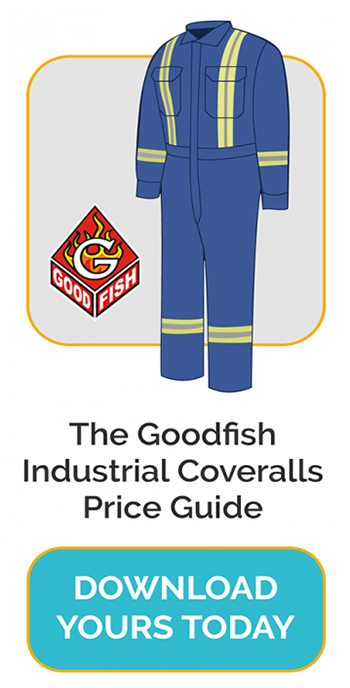
Winter conditions bring along numerous challenges for individuals who have to work outdoors. Factors such as air temperature, wind speed, physical activity, and humidity determine the extent of cold temperatures, and the risk they pose.
While there are no specific parameters related to exposure limits with relation to cold working conditions, work-safety agencies have recommended tips and guidelines to be followed to ensure the safety of workers, especially when the wind temperature drops below -7º C (19.4ºF).
Being out in the cold for hours on end brings with it a unique set of winter workplace hazards. Cold stress and slip and fall accidents are some of the common hazards in winter working environments.
What is Cold Stress?
Cold stress is the term used for a range of injuries and illnesses caused by extreme winter temperatures and wind speeds such as: frostbite, hypothermia, and trench foot.
● Frostbite results when parts of the skin freeze along with the underlying tissues. The chances of frostbite rise as the temperature falls. Hands and feet are usually affected by frostbite first, and symptoms include numbness in the affected area, blisters, reddened appearance, and hardened skin.
● Hypothermia occurs when the body’s temperature dips below normal, and loses heat much faster than it can be replaced. Shivering is usually the first symptom and is likely to be followed by dilated pupils, a slow pulse, and difficulty breathing.
● Trench foot occurs after extended exposure to wet environments. The symptoms of trench foot are usually similar to hypothermia.
Possible Winter Accidents
In winter, roads and pavements tend to stay wet and slippery round the clock. Thus, it becomes extremely important to watch where you are going, quite literally! A slip and fall workplace accident can prove quite costly in more ways than one.
Visibility on the road can be quite poor and when inside an automobile, it is important to keep an eye out for other vehicles and pedestrians.
The same goes for duties carried out on foot – workplace surfaces tend to become hazard prone when wet. Visibility can also become an issue. Wearing the right protective winter gear is important to preserve your safety.

How to Protect Yourself?
Most of these winter work hazards are easily preventable with the use of adequate shelters and protective gear. Factors to keep in mind include:
Appropriate equipment design – In places where the temperature dips below freezing, it is essential to use thermal insulating material on metal handles and bars of the equipment in use. It is also essential to provide workers with machines that can be operated without having to take off thermal-lined gloves or mittens.
Dressing properly – Bundling up well with workwear that offers protection from the cold is crucial to the well-being of workers. Ensuring that no unnecessary skin is exposed to the elements, dressing in layers, and wearing insulated gear are few ways to keep warm and safe.
Goodfish’s protective coveralls can help you with this. Crafted (in Alberta, by Albertans) from high quality, durable materials, our coveralls adhere to all necessary regulations stipulated by law with regards to safety workwear. By meeting the fabric safety code, our coveralls provide the necessary protection to employees working in hazardous industries such as: electricians, firefighters, construction workers, and those engaged in the oil and gas industry.
When dressing for extreme temperatures, we offer the highest quality insulated parkas, bib pants and vests. Contact our sales team at sales@gflbc.ca for more information!
Adequate training – For those working in harsh weather conditions, it is essential to be able to identify symptoms brought on by over exposure to cold. Every shift needs to have at least one person trained in dealing with emergencies and who is familiar with procedures to be followed in case of such events.
Well-maintained work gear and equipment – The cold can lead to wear and tear not only on machinery but also on workwear! Protective clothing and thermal wear must be cleaned the right way to preserve its insulating ability – which can be compromised when dirt gets into the fibers. Making use of a professional cleaning services, such as Goodfish, can help preserve your workwear, and keep you warm!
Monitor weather conditions – The temperature needs to be monitored on a regular basis (at least every four hours) when temperatures fall below freezing point. Make use of advanced equipment for measuring temperatures and monitoring the wind chill factor.
Understanding the signs of cold stress, wearing the proper protective gear, and taking precautions to avoid mishaps can help to keep you safe as you fulfill your winter duties.




 Your privacy is important to us, and we are committed to protecting your personal information.
Your privacy is important to us, and we are committed to protecting your personal information.